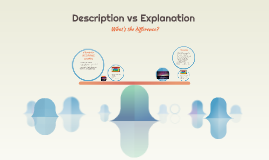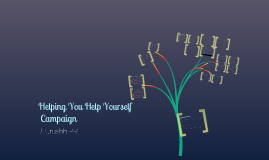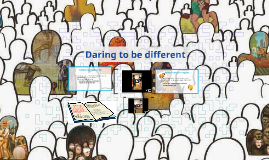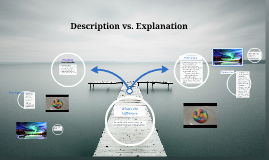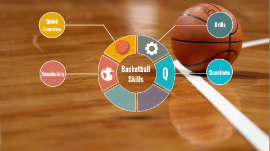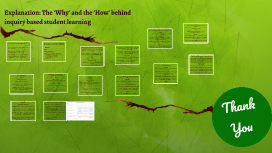Explanation Presentation
Transcript: Explanation: The ‘Why’ and the ‘How’ behind inquiry based student learning Features of Language and Text – Jonathon Bright Phase type Guided. Lessons will follow a simple structure of ‘I do, we do, you do’. Writing Purpose The purpose of these lessons is to teach the students the text structure and language features of an explanation text type. Lesson Foci Lesson three will focus on text structure, which will involve learning about the general statement, series of chronological events and a concluding statement. Lesson four will focus on language features found in explanation text types, which are action verbs and conjunctive/connective words. Lesson Overview Lesson three will have the class read through an explanation text with the teacher pointing out the key elements in the text structure, then have the students do the same in their reading groups with similar texts. Lesson four will have the class read through an explanation text with the teacher pointing out the language features of focus, then have the students complete activity worksheets to reinforce these learnings. Resources Smartboard, copies of explanation text types, activity sheets, writing utensils, coloured pencils and writing books. Outcome Identifies and compares different kinds of texts when reading and viewing and shows an understanding of purpose, audience and subject matter EN2-8B Descriptors Understand how texts vary in complexity and technicality depending on the approach to the topic, the purpose and the intended audience (ACELA1490) Identify organisational patterns and language features of print and visual texts appropriate to a range of purposes Relevance EN2-8B encapsulates the key areas we want the students to grow in when learning about and viewing new text types. The accompanying content descriptors will be the focus of the formative assessment. Overview of our writing program Resources used throughout Foundational Knowledge – Jake McCubbin Books ICT Worksheets Creative works (writing, creating a poster) Video clips KLA - Science and Technology; Stage - 2; Text type - Explanation Explanation text types “explains how or why something happens” (NESA, 2020) KLA outcome chosen - “A student: compares features and characteristics of living and non-living things (ST2-4LW-S)” (NESA, 2017). (Outcome)Communicates in a range of informal and formal contexts by adopting a range of roles in group, classroom, school and community contexts EN2-1A (Indicator)Use interaction skills, including active listening behaviours and communicate in a clear, coherent manner using a variety of everyday and learned vocabulary and appropriate tone, pace, pitch and volume (ACELY1688, ACELY1792) (Phase) Modelled (Writing Purpose) Explanation text, Life Cycles, Building knowledge, Introduction to Life Cycles (What do your lessons focus on?) Introduction of the topic of life cycle with a focus on Butterflies, and Frogs. (Resources) Youtube, worksheets,SmartBoard Spelling and Grammar – Joshua Laity (Outcome)Communicates in a range of informal and formal contexts by adopting a range of roles in group, classroom, school and community contexts EN2-1A (Indicator)Use a range of software including word processing programs to construct, edit and publish written text, and select, edit and place visual, print and audio elements (ACELY1685, ACELY1697) (Phase) Modelled (Writing Purpose) Explanation, Life Cycles, Building knowledge, Introduction to Life Cycles (What do your lessons focus on?) Introduction of the topic of life cycle of Butterflies, and Frogs with the inclusion of ICT to further expand knowledge (Resources) Digital worksheets,SmartBoard, Laptops, Computers Outcomes Uses a range of strategies, including knowledge of letter–sound correspondences and common letter patterns, to spell familiar and some unfamiliar words EN2-5A Uses an increasing range of skills, strategies and knowledge to fluently read, view and comprehend a range of texts on increasingly challenging topics in different media and technologies EN2-4A Uses effective and accurate sentence structure, grammatical features, punctuation conventions and vocabulary relevant to the type of text when responding to and composing texts EN2-9B Content Descriptors Use knowledge of alphabetical order to locate information in texts, e.g. dictionaries, glossaries Use graphological, phonological, syntactic and semantic strategies to respond to texts, e.g. knowledge of homophones, contractions, syllables, word families and common prefixes Understand that the meaning of sentences can be enriched through the use of noun groups/phrases and verb groups/phrases and prepositional phrases (ACELA1493) Understand that verbs represent different processes (doing, thinking, saying, and relating) and that these processes are anchored in time through tense (ACELA1482) Compose a range of effective imaginative, informative and persuasive texts using language appropriate to purpose and audience Phase type Guided - Utilises the ‘Copy








